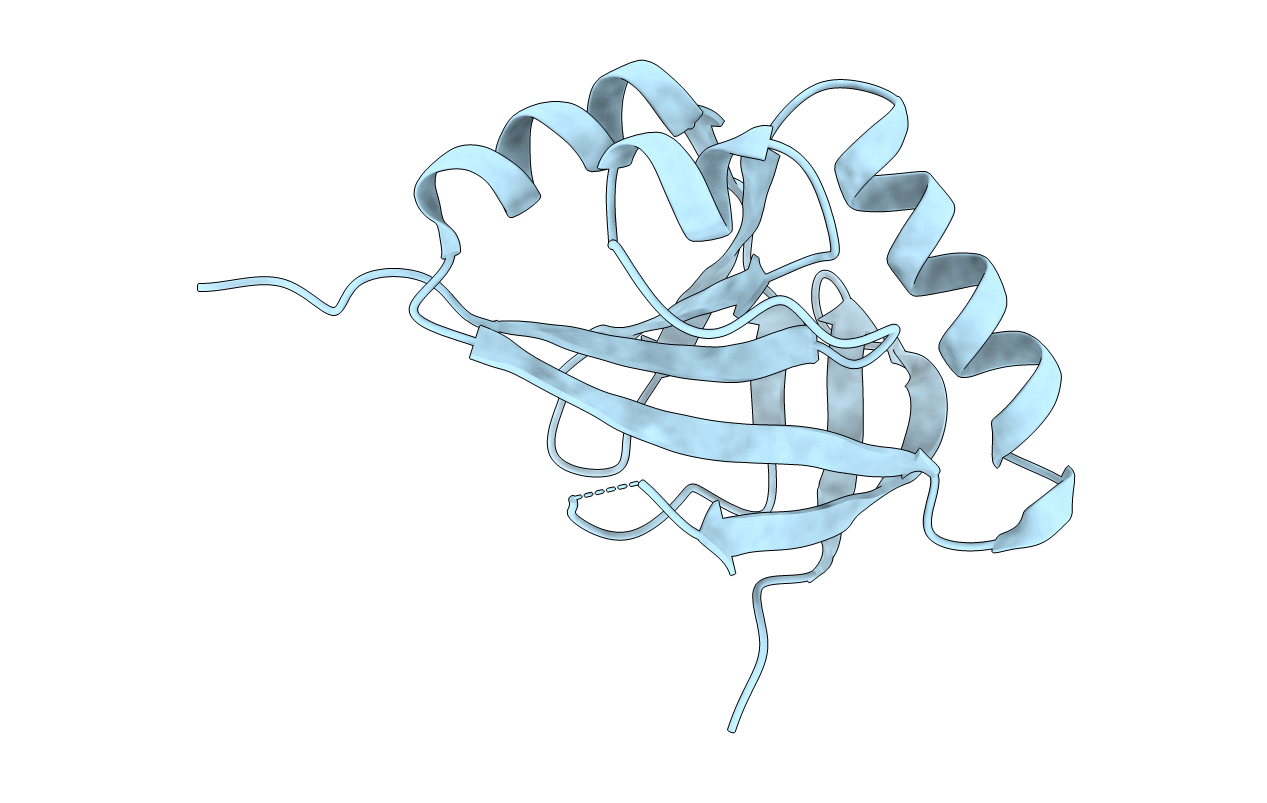
Deposition Date
2016-07-20
Release Date
2016-10-12
Last Version Date
2024-11-06
Entry Detail
PDB ID:
5KXF
Keywords:
Title:
Crystal structure of the SPOC domain of the Arabidopsis flowering regulator FPA
Biological Source:
Source Organism:
Arabidopsis thaliana (Taxon ID: 3702)
Host Organism:
Method Details:
Experimental Method:
Resolution:
2.70 Å
R-Value Free:
0.25
R-Value Work:
0.19
R-Value Observed:
0.19
Space Group:
P 65


